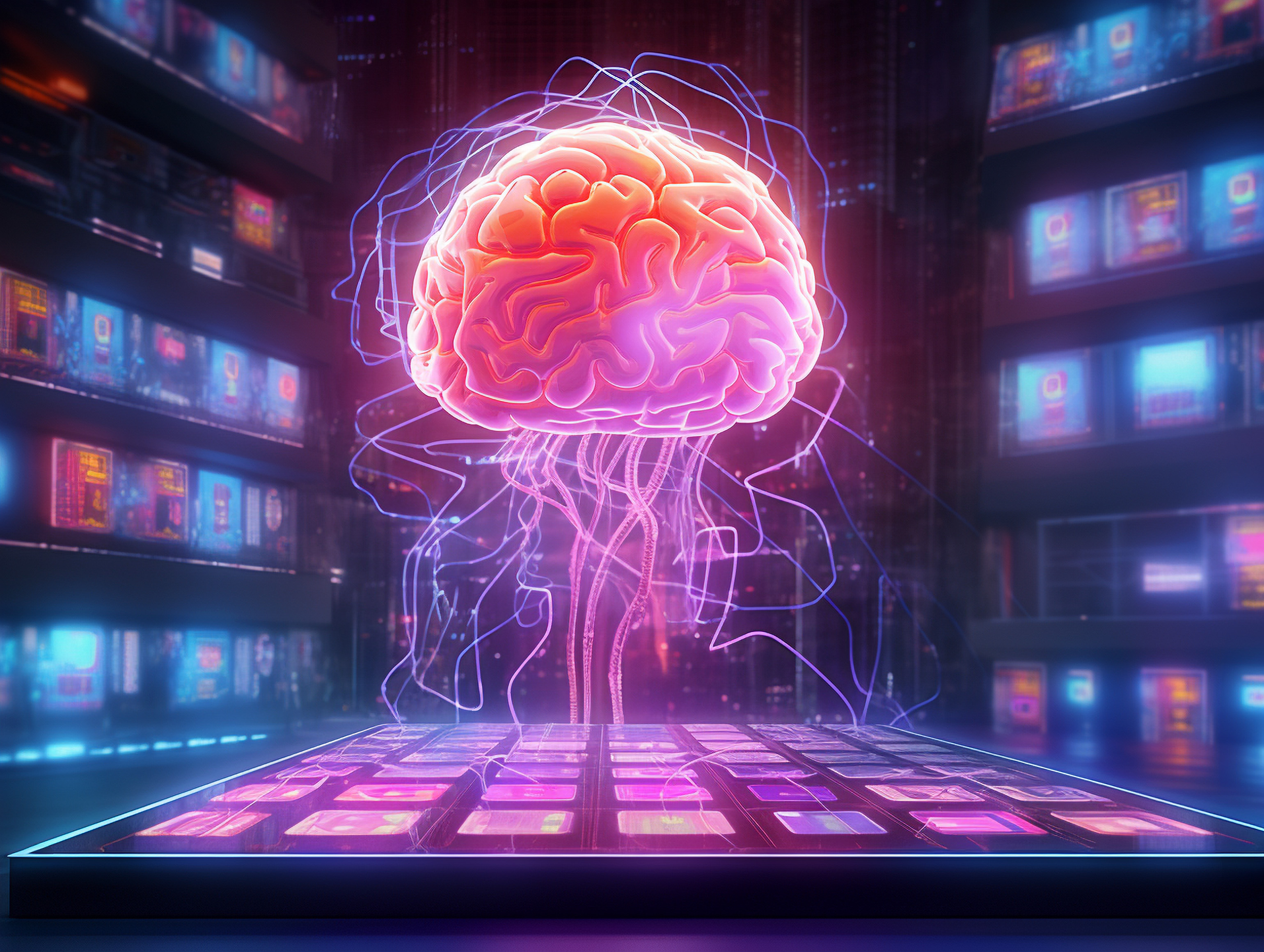info@sadi.co.ke
+254727368241
The way we interact with technology is changing, and zero-click interfaces are at the forefront of this shift. Instead of tapping, swiping, or clicking, devices are beginning to anticipate and respond to user needs automatically. From smart homes that adjust lighting and temperature based on your routine to voice assistants that execute tasks without prompts, the future of user experience is becoming more seamless and intuitive.
Zero-click design aims to reduce friction in daily life. Imagine walking into your kitchen and your coffee maker starts brewing your preferred morning blend without a command. Or think of cars that unlock and adjust settings as soon as you approach. These subtle, invisible interactions make technology fade into the background while amplifying convenience.
However, convenience also comes with challenges. Privacy remains a major concern, as devices constantly collecting data must ensure secure handling. Additionally, over-reliance on automation may reduce user control or create errors when systems make incorrect assumptions.
Despite these challenges, the movement toward zero-click living is gaining momentum. As artificial intelligence, IoT, and predictive analytics evolve, the goal is clear: a future where technology works for us effortlessly, without requiring conscious interaction.
 September 25, 2025 - BY Admin
September 25, 2025 - BY Admin